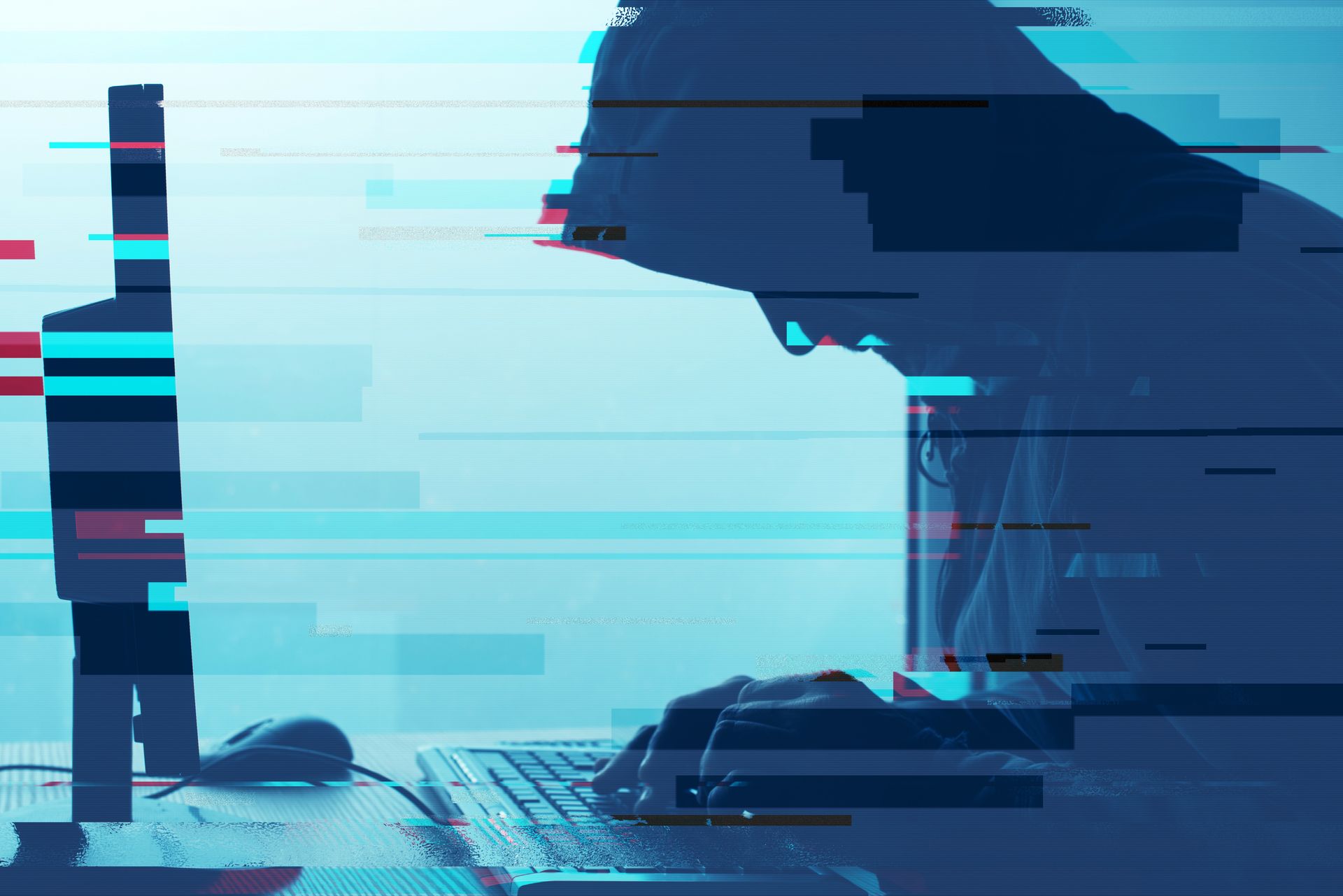Understanding the Impact of Zero-Day Vulnerabilities on Cybersecurity
Imagine waking up to the news that a previously unknown vulnerability in your favourite software has been exploited, leaving countless users at risk—welcome to the world of zero-day exploits.
These cyber threats, lurking in the shadows until they strike unexpectedly, pose a significant challenge to cybersecurity, affecting individuals and organisations alike.

Below is a comparison table of different security measures and their effectiveness in preventing zero-day exploits:
| Security Measure | Effectiveness | Examples |
|---|---|---|
| Software Updates and Patches | High | Microsoft's Patch Tuesday |
| Advanced Threat Detection Systems | Very High | CrowdStrike Falcon |
| Security Awareness Training | Medium | Phriendly Phishing |
| Principle of Least Privilege (PoLP) | High | Microsoft Active Directory, Cisco ISE |
This table illustrates that while no single measure is foolproof, a combination of up-to-date software, sophisticated detection tools, educated users, and strict access controls forms a robust defence against zero-day threats. It's imperative for organizations to assess their security posture regularly and adapt their strategies to the evolving cyber threat landscape.

The Role of Security Teams in Mitigating Zero-Day Risks
Security teams play a crucial role in the identification and mitigation of zero-day risks, operating on the frontline of cyber defence to protect organizational assets. Their expertise and vigilance are essential in detecting anomalies that could indicate a breach, even before specific vulnerabilities are known. Experts advise the implementation of a robust security infrastructure, including advanced threat detection systems and regular security audits, to preemptively counter these threats. Proactive measures, such as staying abreast of the latest cybersecurity trends and engaging in continuous education, are also pivotal in enhancing the team's ability to respond swiftly to emerging threats.
Developing a comprehensive incident response plan is another critical strategy recommended by cybersecurity professionals. This plan should include clear protocols for responding to a zero-day attack, ensuring that actions are taken swiftly and efficiently to minimise damage. Collaboration with external cybersecurity experts and law enforcement can also augment a security team's capabilities, providing additional insights and resources. By fostering a culture of security awareness and adopting a layered security approach, organizations can significantly reduce their vulnerability to zero-day exploits and safeguard their critical data against sophisticated cyber attacks.
Case Studies: Notable Zero-Day Attacks and Their Consequences
One of the most infamous zero-day attacks occurred in 2017 with the WannaCry ransomware outbreak. This global cyberattack targeted computers running the Microsoft Windows operating system by encrypting data and demanding ransom payments in the Bitcoin cryptocurrency. It exploited a zero-day vulnerability in Microsoft's Server Message Block (SMB) protocol, known as EternalBlue. Despite Microsoft releasing patches for the vulnerability two months prior to the attack, many organizations had not applied the updates, leading to widespread disruption. The WannaCry attack highlighted the critical importance of timely software updates and the potential scale of damage that can be caused by exploiting zero-day vulnerabilities.
Another significant case involved the Stuxnet worm, discovered in 2010, which targeted supervisory control and data acquisition (SCADA) systems and was designed to damage Iran's nuclear program. Stuxnet exploited four zero-day vulnerabilities in Windows operating systems. It marked a turning point in cyber warfare, demonstrating how zero-day vulnerabilities could be used to inflict physical damage on critical infrastructure. This attack underscored the necessity for robust cybersecurity measures in protecting national security interests and critical infrastructure from sophisticated cyber threats.
The Adobe Flash Player has been a frequent target for attackers exploiting zero-day vulnerabilities. One notable instance occurred in 2018 when a zero-day vulnerability was used to distribute malware through a malicious Flash Player app. Attackers leveraged this vulnerability to execute code on the victim's computer, allowing them to gain control over affected systems. This case study serves as a stark reminder of the importance of phasing out outdated software that poses significant security risks and the need for continuous vigilance and rapid response to emerging cyber threats.

Future Trends: Predicting the Evolution of Zero-Day Exploits
As we navigate through the ever-evolving landscape of cybersecurity, the progression of zero-day exploits remains a critical concern for security professionals worldwide. These vulnerabilities, undiscovered by software vendors until exploited, present a unique challenge in the realm of digital security.
The future trends in this area are expected to be shaped by several key factors:
- Increased sophistication of attacks: Attackers are continually enhancing their techniques, making exploits more difficult to detect and mitigate.
- Greater use of artificial intelligence (AI): Both attackers and defenders are likely to leverage AI more extensively, leading to an arms race in exploit development and detection.
- Expansion of attack surfaces: With the proliferation of IoT devices and the expansion of 5G networks, the number of potential targets for zero-day exploits is set to increase dramatically.
Anticipating these trends, the cybersecurity community is investing heavily in proactive detection technologies and threat intelligence sharing. The emphasis is on developing more advanced predictive models and machine learning algorithms to identify and neutralise threats before they can be exploited. Moreover, the role of international cooperation and regulatory frameworks will become increasingly significant in orchestrating a unified response to the global threat posed by zero-day exploits. This collaborative approach is essential for staying one step ahead of cybercriminals and safeguarding our digital ecosystem against the next generation of cyber threats.
Best Practices for Individuals and Organisations to Combat Zero-Day Vulnerabilities
Confronting the challenge of zero-day vulnerabilities demands a proactive and comprehensive approach from both individuals and organisations. Regular software updates and patches are crucial, as they often include fixes for recently discovered vulnerabilities. It's equally important to implement advanced security solutions, such as endpoint detection and response (EDR) and security information and event management (SIEM) systems, which can detect and mitigate threats that exploit unknown vulnerabilities.
Organisations should also foster a culture of security awareness, ensuring that all employees are trained to recognise and avoid potential threats. Key strategies include:
- Conducting regular security audits to identify and address vulnerabilities before they can be exploited.
- Utilising threat intelligence services to stay informed about the latest security threats and trends.
- Adopting a principle of least privilege across all systems and networks to minimize the potential impact of a breach.
- Creating and testing incident response plans to ensure quick and effective action in the event of a security breach.
Frequently Asked Questions
How can I stay informed about potential zero-day vulnerabilities?
Staying informed about potential zero-day vulnerabilities involves regularly checking cybersecurity news sources, subscribing to security bulletins from software vendors, and participating in relevant security forums or communities. Additionally, leveraging threat intelligence services can provide early warnings about emerging threats.
What is the difference between a zero-day exploit and a zero-day vulnerability?
A zero-day vulnerability refers to a software security flaw that is unknown to the party or parties responsible for patching or otherwise fixing the flaw.
A zero-day exploit, on the other hand, is the actual method or technique used by attackers to leverage the zero-day vulnerability to compromise a system or network.
Are there any tools available to detect zero-day exploits?
While detecting zero-day exploits is inherently challenging due to their unknown nature, there are advanced security tools and systems designed to identify suspicious behaviour and potential zero-day activity.
These include intrusion detection systems (IDS), advanced threat protection (ATP) solutions, and behaviour analysis tools that can help identify anomalies that may indicate a zero-day attack.
How often should my organisation conduct security assessments to protect against zero-day threats?
Organisations should conduct security assessments regularly, with the frequency depending on their specific risk profile and the sensitivity of their data.
Best practices suggest at least an annual comprehensive security assessment, supplemented by more frequent reviews of critical systems and following any major changes in the IT environment.
Continuous monitoring and vulnerability scanning are also recommended to identify and mitigate threats promptly.
What role do software vendors play in protecting against zero-day exploits?
Software vendors play a crucial role in protecting against zero-day exploits by actively searching for vulnerabilities within their products, developing patches or updates to address these vulnerabilities, and distributing these fixes to their users promptly.
They also often work with security researchers and participate in bug bounty programs to identify and mitigate vulnerabilities before they can be exploited.
If you're looking for advice or support on your cyber security, you can reach out to our team for a FREE consultation, our cyber security team are here to help you. [email protected] | +44 (0) 20396 22112






















